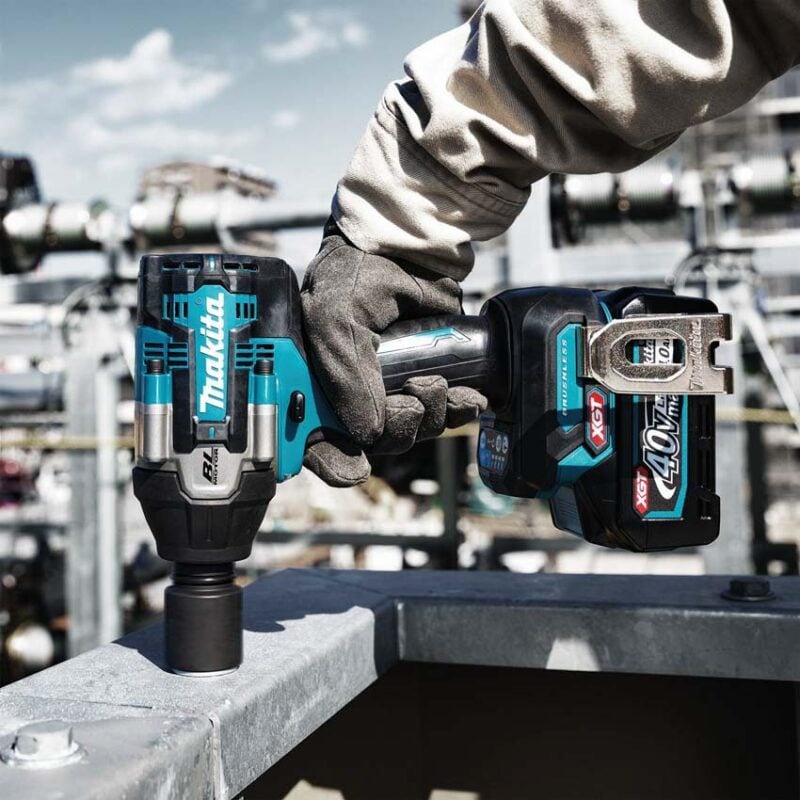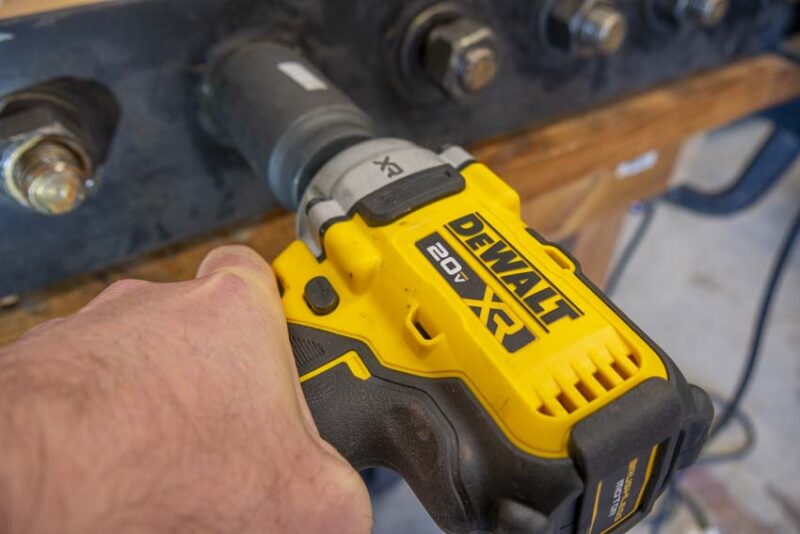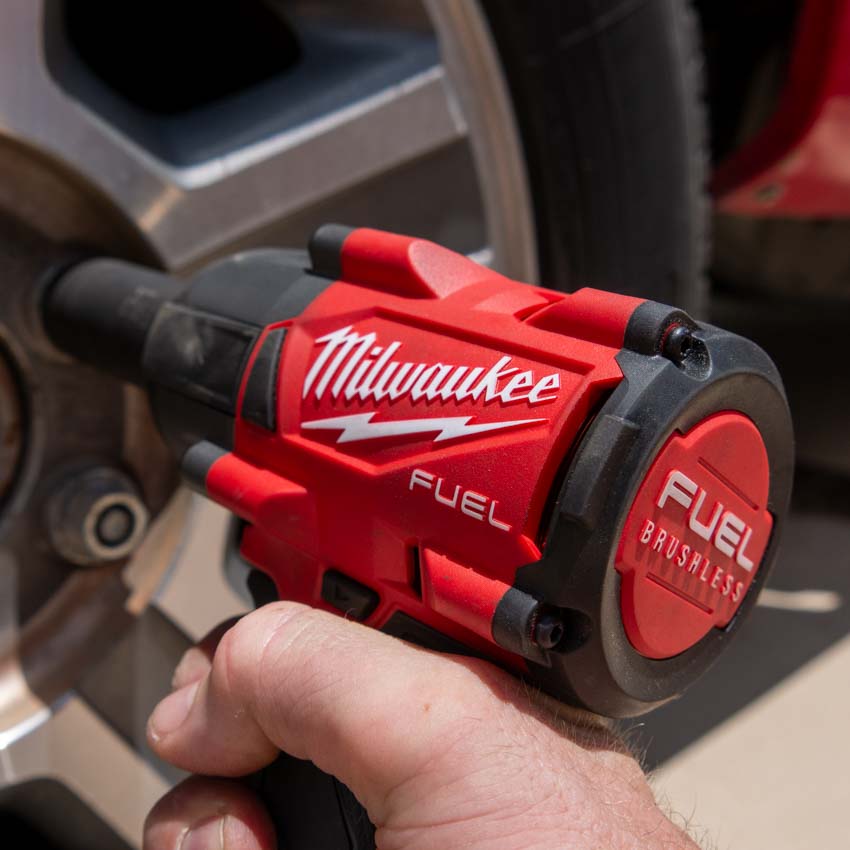When you’re shopping for an impact wrench, torque is often the number people focus on. After all, if it can’t loosen the bolts you’re working with or fasten tight enough, it’s not much good. As you narrow down your options, take a closer look at the impact rate. It’s a bigger deal than you might think.
The Race Isn’t Always Won By the Strongest

In our most recent testing to determine the best cordless impact wrench, we had some interesting results. The strongest model we tested only finished mid-pack in our bolt-breaking and large lag driving tests (Click here to see the details of how those tests are performed). Those are tough applications, so why didn’t the most powerful win?
Let’s start with a brief look at the three main impact wrench ratings:
- Torque: Measures how much rotational force the impact wrench applies.
- Speed: Measures how fast the drive can rotate under no load.
- Impact Rate: Measures the maximum number of times the hammer strikes the anvil in a minute.
Now let’s consider three popular mid-torque impact wrench models that we tested. Here’s how they compare on paper and their test results:
| DeWalt 20V Max DCF891 | Makita 40V max XGT GWT07 | Milwaukee M18 Fuel 2962 | |
|---|---|---|---|
| Max Fastening Torque | 600 ft-lbs | 560 ft-lbs | 550 ft-lbs |
| Max Breakaway Torque | 800 ft-lbs | 810 ft-lbs | 650 ft-lbs |
| Top Speed | 2000 RPM | 2300 RPM | 2575 RPM |
| Max Impact Rate | 3250 IPM | 2900 IPM | 3100 IPM |
| Measured Torque | 392.8 ft-lbs (5th place) | 502.3 ft-lbs (1st place) | 412.8 ft-lbs (4th place) |
| Lag Screw Driving | Sunk (1st place) | 2.00 in (7th place) | 0.56 in (4th place) |
| Bolt Breaking | 2.97 sec (1st place) | 4.08 sec (4th place) | 3.26 sec (2nd place) |
Analyzing the Results

An impact wrench’s maximum torque occurs when the hammer strikes the anvil. Under load, the drive doesn’t make any progress during simple rotation. It only progresses with each impact.
When you’re driving a 1/2-inch x 10-inch lag screw, it doesn’t require the full amount of fastening torque any of these impact wrenches are capable of to make progress.
Similarly, our bolt break test set semi truck lug nuts to 500 ft-lbs—well within the capability of all three contestants.
So, even though these are tough tests, they don’t push these tools to the max. In the end, it was how fast they impacted that made the difference in how fast they were able to work.
Boosting Your Impact Wrench Wisdom
Does that mean torque isn’t as important as people make it out to be?
No, torque is most definitely still important. Choosing the right one is a matter of how close to the limit you’re running.
For example, if we’d set our bolt break rig to 750 ft-lbs, Milwaukee wouldn’t have been able to break them, while DeWalt and Makita would.
Now, there are no scenarios where properly set lug nuts should need 750 ft-lbs to break, but there are neglected ones that might need extra muscle. Of course, there are applications in utility, concrete, and other trades to consider as well. Having some additional power might mean the difference between getting the job done with your mid-torque model or reaching for your larger, heavier, high-torque impact wrench.
On the other hand, if the job you’re doing is well within the wheelhouse of several models you’re considering, having a higher impact rate will help you accomplish your tasks faster.



